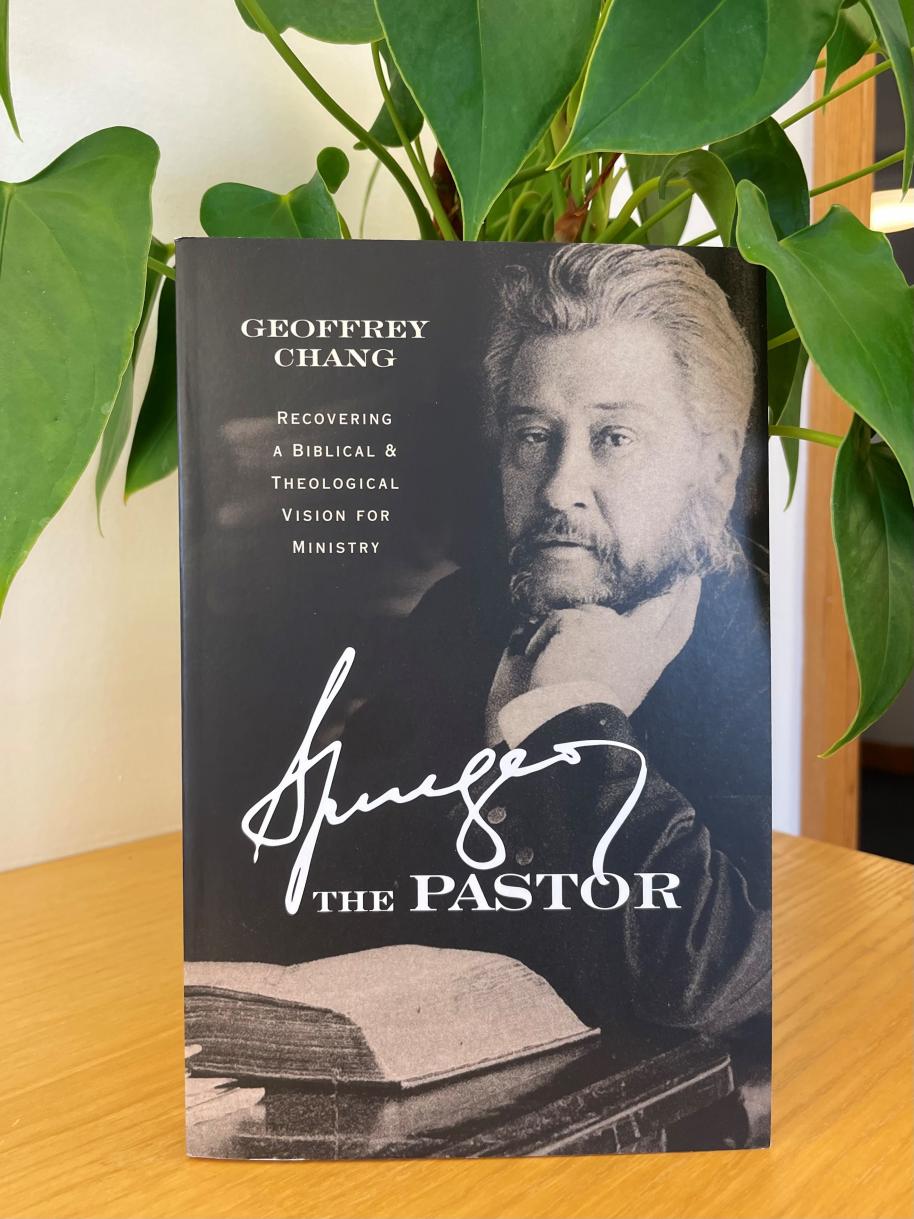Let’s Read Spurgeon the Pastor: The Church Identified

Let’s Read Spurgeon the Pastor: The Church Identified
By Davy Ellison
How can a church be identified as a church?
If we were driving through a quaint rural English village we might look out for some antiquated architecture, a small chapel with a spire and a graveyard. There’s a church. But sadly, in what is becoming an increasing secular Britain, a look inside such a building might reveal a pub, a home or a farm shop.
Of course, the more theologically astute among us will know that a mere building is not a church. It’s the people who constitute the church. But this begs the question, is all that is necessary for a church to exist is a group of Christians singing together and hearing God’s word preached? I suggest not.
In chapters 3–5, Geoffrey Chang helpfully outlines Charles Spurgeon’s approach to the ordinances and formal church membership. It is these things, suggests Chang, which Spurgeon considered to identify the church—these things help keep visible the distinction between the church and the world.
The Ordinances
There are two ordinances: baptism and communion.
Given Spurgeon is arguably the most famous Baptist preacher, it should be unsurprising that he held to believers’ baptism. This is reinforced by his strong insistence that baptism and church membership should be held together: “Spurgeon refused to separate baptism from church membership. Upon their baptism, all candidates would become members of the church and would be subject to the accountability and discipline of the church” (p. 82). There was no question, if you were baptised in Spurgeon’s church you were a member of Spurgeon’s church. This meant that there was quite a long process in order to be baptised; it was in effect the membership process. The church was required to vote on candidates for baptism. The lengthy process is indicative of the intentionality with which Spurgeon approached baptism. Chang notes that “From the marble baptistry down to the white clothing worn by each candidate, baptism provided a visual reminder that our scarlet sins have been washed white through the blood of Christ” (p. 86). There was nothing unintentional about how Spurgeon approached baptism.
Regarding communion, Spurgeon made much of the fact that “It is Christ that we are to remember, not a doctrine or a theological truth, or a promise, but Christ himself” (p. 87). This reminder forces thoughtful observers to be more personal at the table. Somewhat related was the drive to maintain simplicity in communion: “By being faithful to the simplicity of the Lord’s Supper, Spurgeon allowed people to receive the gospel by their eyes, hands, and mouths, and, by faith, to grasp the spiritual realities that were pictured” (p. 97). Spurgeon appeared to press his congregation towards an unhindered intimacy at communion with both one another and their Saviour. I was personally struck by the mediating position Spurgeon appears to take between an open table and a closed table—I think there is much for us to learn here for our exercise of the Lord’s Supper today.
Chang concludes his consideration of the ordinances by arguing that Spurgeon “provides us a model for a convictional approach to the ordinances” (p. 98). Far too much of contemporary church life is pragmatically driven. While I do not agree with all of Spurgeon’s positions on the ordinances, I would much rather deal with him and his convictional approach than with those who are merely pragmatic on such matters.
Church Membership
Closely connected to the exercise of the ordinances during Spurgeon’s ministry was his approach to church membership. There is too much content in chapters 4 and 5 to offer any significant detail here, but note some of the key elements Chang ascribes to Spurgeon:
- Membership is both a duty and an honour (p. 100). It seems that Spurgeon could not understand how a Christian could not join a local church. Membership is a duty—a Christian must find a family and commit to them. Moreover, it is an honour to be accepted into that family.
- Members must be regenerate. Spurgeon understood that “according to the New Testament, members of a local church, should be true disciples of Christ…a local church is a congregation of born-again men and women” (p. 103).
- Membership is a barometer of church health. It was refreshing to read that “the only counting of converts on Spurgeon’s part was in the membership reports of the church” (p. 113). Spurgeon was not interested in “decisions”, but disciples walking the difficult road of discipleship with fellow travellers.
- Becoming a member should not be easy. As mentioned above the process to be baptised/become a member was a long and robust process. But this held no fear for Spurgeon. Speaking of the lengthy and robust process Spurgeon said, “We deny that it keeps away any worth having” (p. 116).
- Discipline is a key aspect of church membership. It was not enough for Spurgeon to admit individuals to membership and then leave them to their own devices. Church leaders and fellow members were to keep a close eye on the flock and each other. “As a pastor, Spurgeon understood that his responsibility was not only to bring them into the church, but to help them make it safely to heaven and call any who wandered to come back to the truth” (p. 126). Church discipline was a key element in this.
Ensuring that people publicly committed to the church in formal membership was vital to being able to identify the church.
A Word for Pastors
Chang acknowledges: “Undoubtedly, pastoral ministry is daunting. Whether a church of 5,000 or 15, it is an awesome thing to shepherd Christ’s flock. Still, this is our calling” (p. 143). I imagine Spurgeon might say something like: And brother, nothing will be more helpful in shepherding your people than a faithful use of the ordinances and formal church membership.
Reflection
- Are your views on baptism and communion convictionally driven or pragmatically driven? What is the basis for your convictions/pragmatism?
- Which element of Spurgeon’s approach to membership is most comforting to you?
- Which element of Spurgeon’s approach to membership is most challenging to you?





